
Research – analysis: prof. Giannis Maniatis
With the assistance of PhD students: I. Voulgari, A. Manolis, M. Hatzigeorgiadis
According to the World Economic Forum (WEF, 2023), over a 2-year horizon, 5 of the 10 biggest challenges humanity will face are climate change: natural disasters and extreme weather events, natural resource crisis, failure to adapt to plans. about climate change and the inability to limit it. In the next 10 years, the list is supplemented by the 6th risk, loss of biodiversity and destruction of ecosystems. Obviously, we are in the “perfect storm” of the climate crisis!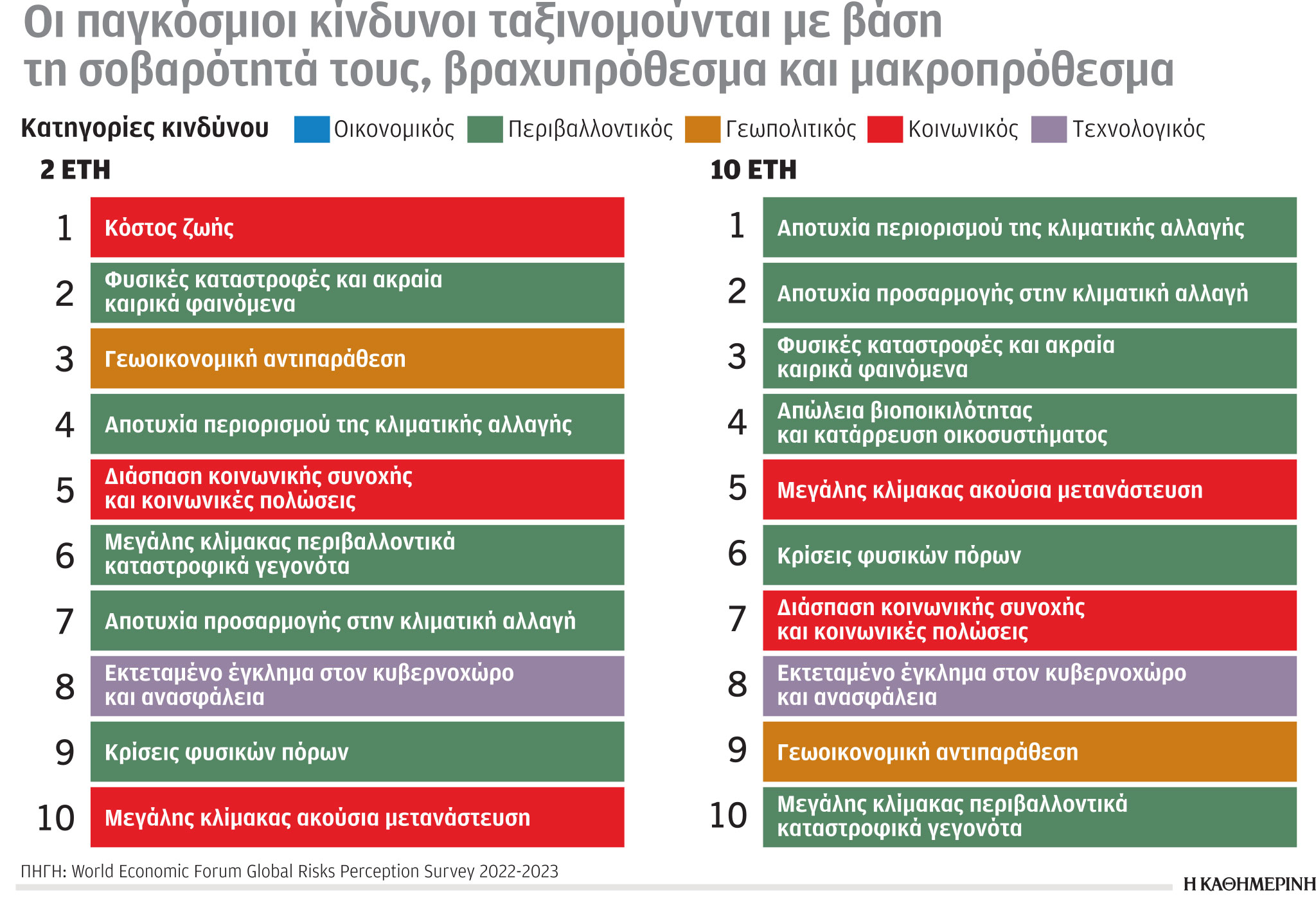
Europe is dangerously aging
Japan and Italy are in the first positions of countries with a high percentage of residents over 65 years old (36% and 23.7%, respectively). This is followed by Finland (22.9%), Portugal (22.6%). Greece is sadly in (basically) the 4th-5th worst country in the world at 22.5%. Europe has the worst proportion of people under 15 (16%) and over 65 (19%) in the world. With global ratios of 25% and 10% respectively, and in Africa at 40% and 3%, the demographic outlook for the Old Continent is projected to be dire. 
Rich countries pollute more
Obviously, per capita emissions in richer countries are much higher than in poorer ones. The United States and Canada emit the most pollutants per capita (17-18 tons per year), while India and Pakistan emit the least (2-2.5 tons per year). There is a lack of large-scale and low-cost energy alternatives to generate enough energy with zero pollution to overcome energy poverty.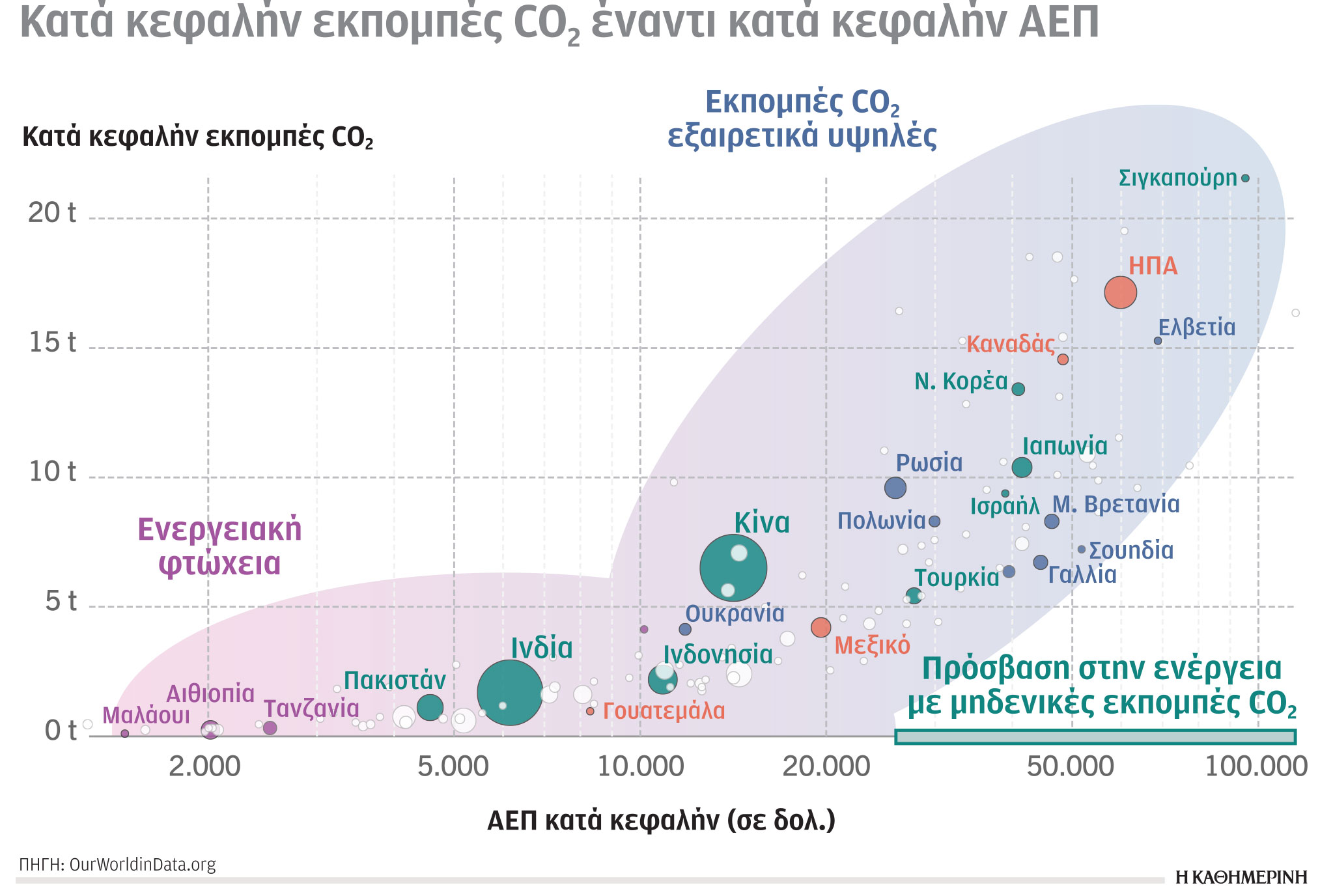
Half rich in 81 Croiss
According to an Oxfam study, the richest 1% of the planet owns 63% of the new wealth ($42 trillion) produced in 2020. Of these, only 14 trillion. dollars reached the remaining 99% of people. It is estimated that 1.7 trillion is enough. dollars annually to lift 2 billion people out of poverty. The richest 1% own 45.6% of the world’s wealth, while the poorest half of the world owns only 0.75%. 81 billionaires own a fortune exceeding 50% of the world.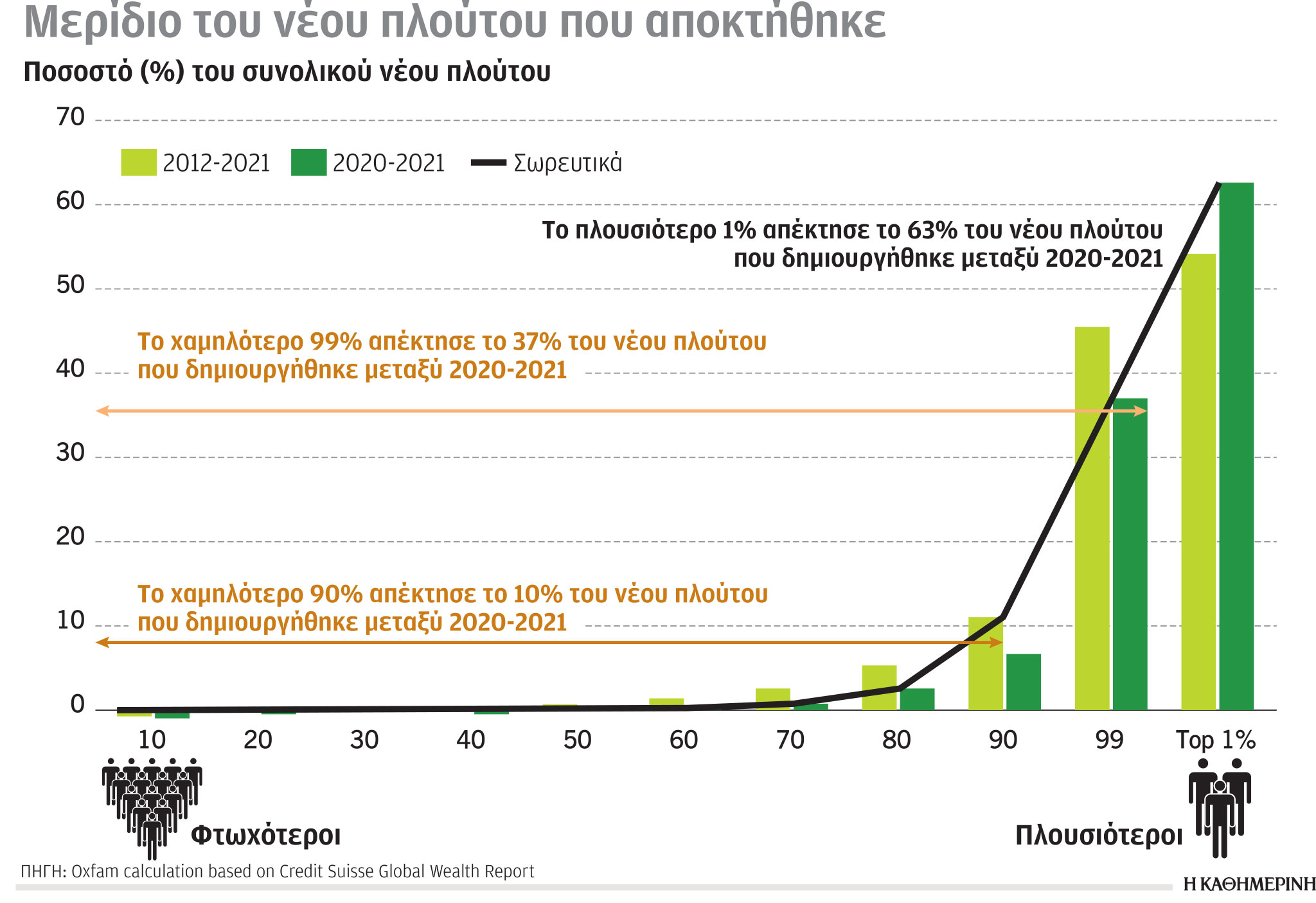
Over 34 billion tons of CO2 annually
Since the Industrial Revolution, more than 34 billion tons of CO2 have been emitted annually around the world. Compared to last year, the decrease occurs during the crisis, with the largest drop observed during the quarantine (-2 billion tons of carbon dioxide), after which emissions rise sharply. Emissions in developed countries are in structural decline, and by 2050 they will become climate neutral.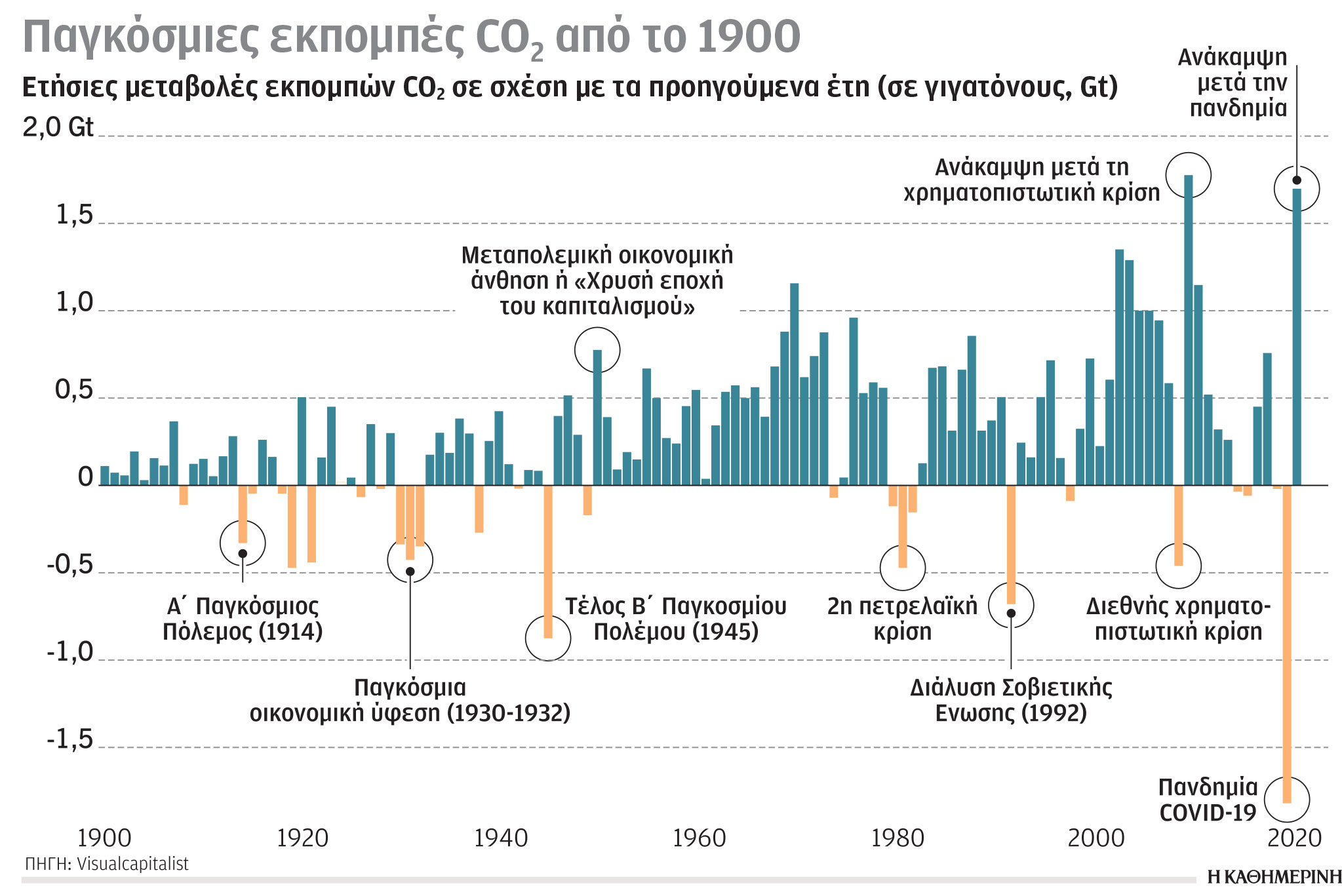
Electricity after 2050
The three sustainable power technologies are coal, gas and nuclear. Carbon without sequestration in a zero-emissions scenario will disappear from the global energy system by 2050. Gas and coal with carbon sequestration and storage will be key components of global electricity generation from the 2030s. The same is expected for hydrogen.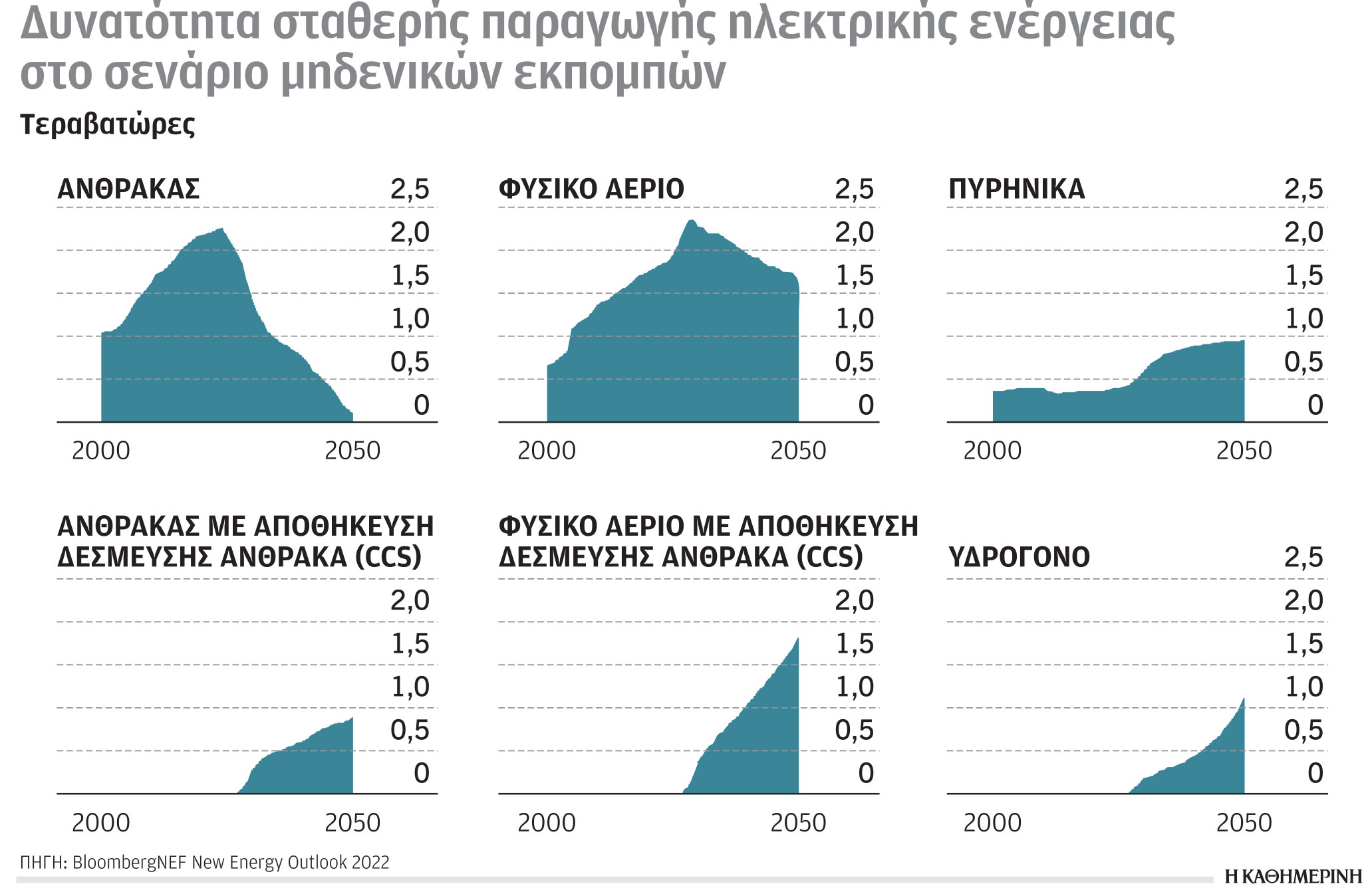
Source: Kathimerini
Anna White is a journalist at 247 News Reel, where she writes on world news and current events. She is known for her insightful analysis and compelling storytelling. Anna’s articles have been widely read and shared, earning her a reputation as a talented and respected journalist. She delivers in-depth and accurate understanding of the world’s most pressing issues.